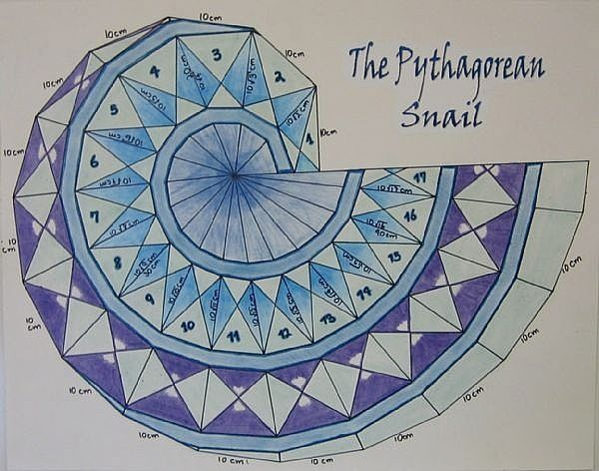
Term 2 provides a time for rich, concentrated learning when, supported by wintery days, we feel an increased sense of inwardness and a strengthening of our capacity for engagement with ideas, analytical questioning and reflection. At school we make use of the season’s supportive influences and use the winter terms in particular to deepen and extend the students’ academic capabilities. Embedding knowledge and honing skills are emphasised as Year 9 and 10 students prepare for their mid-year examinations, practising memorisation techniques and working to crystallise their understanding into coherent responses under timed conditions, and main lessons such as Mathematics in Nature in Year 7 and The Chemistry of Salts in Year 10 bring the elements of ‘wonder’, then ‘judgement’, then ‘understanding’ seamlessly into harmony as students observe, question and arrive at concepts through a natural learning progression. At the Year 11 and 12 level, a period of solid work is entered into where a significant amount of new content is brought and where the need to determinedly further their abilities through rigorous practise is understood.
In all of the endeavours mentioned, focus is on bringing ‘willing into thinking’ but the opposite is also required and nowhere is bringing ‘thinking into willing’ more essential at this time than in the HSC year. While students juggle the competing demands of diverse course requirements that entail the amassing and understanding a large body of information and the expert demonstration of their knowledge, significant developments must also be made on all projects. Throughout Term 2, practical components of Design and Technology, English Extension 2, History Extension, Music 1, 2 and Extension, Science Extension, Society and Culture and Visual Arts become fully realised and refined, ready for early Term 3 HSC Showcases and NESA submissions; we greatly look forward to seeing the fruits of their labours!
The go-between or oil that enables our application of ‘will’ to result in our capacity for ‘sustained, directed thought’ and the employment of our ‘thinking’ to produce ‘meaningfully guided action’ is, however, the strength and quality of our ‘feeling’ … and, in particular, feeling relationships with what we encounter that inspire and embody wonder, interest, intrigue, aesthetic sensitivity, determination or meaning.
At Glenaeon, teachers are acutely aware that one of their key tasks, therefore, is to present students with daily opportunities for the engagement of their emotions, sometimes subtly and sometimes profoundly. Depictions of beauty, narratives enhanced through dramatic detail, inspirational accounts of lives well led, the fineness of a mathematical formula accurately applied, the lightbulb awakening of a scientific discovery or the exquisite depiction of a personal revelation in a piece of eloquent prose or poetry are all examples of how our feeling life can be activated. When these encounters are brought to the students, their emotions are awakened in ways that allow immersion in learning that links human experience with content matter. Lessons become relevant and material that has the potential to remain detached becomes meaningful. An inspired interest in a topic provides impetus for sustained grappling with complex elements, namely ‘willing in thinking’, and a sense for beauty (or morality) enables actions to be moderated by thoughtful considerations, in other words, ‘thinking in willing’. And it is during these cooler months, when we are less likely to be drawn into the expansiveness of the natural environment, that we are perfectly placed to work on these three aspects of our being. The meaningful interplay between thinking, feeling and willing therefore becomes a focus so as to provide students with learning opportunities that foster inner growth and academic development.
Elizabeth Nevieve
Deputy Head of School (Years 7-12)




